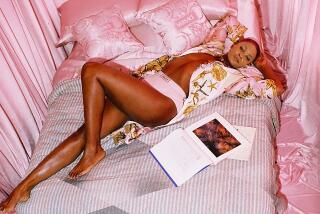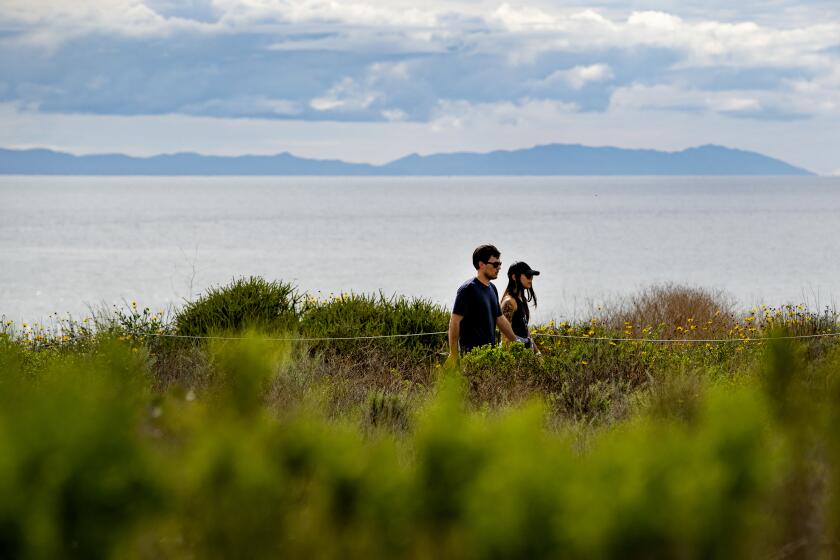Chairs: They Sit Well With the Times
Fashions in decorating change with the times. The Pilgrims felt you should sit up straight so their chairs were made of wood with hard, straight, stiff backs. The 1950s saw chairs made for those who slouch more than sit and the beanbag chair and others were designed to hold a person with a curved back. The modern sofa is probably made with very soft stuffed cushions and you sit “in” the sofa, not on it.
The firmer upholstery of an earlier age made it easier to sit on a sofa and get up from it with grace. The Empire style popular about 1825 to 1840 had sofas with stiff upholstery but curved pillows placed as armrests. One clever designer made armrests that looked like the ever-present cylindrical pillows. He even hid drawers in the rounded arms. In the late 19th Century, overstuffed furniture with springs appeared. The idea was to have more comfort but not too much. You were to sit straight, not slouch, and to rise gracefully from the chair.
The stuffing was hard but yielding. When you try to date furniture try to think about how it would fit into the life style of an earlier time. No Victorian would sit on pillows on the floor just as no 1980s newlywed would furnish a room with nothing but uncomfortable straight-backed wooden chairs.
Question: How was a spoon warmer used?
Answer: Our relaxed style of food service makes it hard to remember that the Victorian meal was often a production with staff and props. The spoon warmer was popular in England. It was shaped in many ways, often like a shell, a vegetable, an egg on rocks, or just a simple oval. The silver plated holder was filled with hot water and put on the table. Spoons were kept in water until used. That was to provide a warm spoon for porridge or soup or a warm ladle for gravy. A few American spoon warmers were made about 1910.
Q: I have some old dishes that show a telephone company logo with a bell in the center. Is this a collectible?
A: Anything connected with old telephones is a collectible. Not only the phones but also the ads, the glass bell banks, the signs and dishes like yours. The local Bell telephone offices often had special china and silver made for their lunchrooms. One popular pattern had a border made of bells and telephone poles. Another pictured an operator and telephone insulators. Others had the Bell system logo. Most of the china was in use before the 1960s.
Q: I am familiar with the glass perfume bottles marked Lalique. I want to find other pieces by the same company. What else did they make?
A: Rene Lalique was apprenticed to a Paris jeweler in 1876. He studied in England and returned to Paris for further instruction. At first he designed wallpaper and fabrics. In 1881 he began to design his own jewelry. His Art Nouveau designs sold so well that he soon had several stores. He began experimenting by using glass for jewels and soon was making glass to use in his gold and silver work. He also made bronze castings. His success continued and his shops and his work became famous. By 1915 he was making bottles, vases, clock cases, glass boxes, medallions, hand mirrors, lighting fixtures, seals, figurines and much more from glass. He died in 1945 but Lalique glass is still being made. Pieces made while he lived are marked “R. Lalique.” After his death the factory removed the R and used just the name “Lalique.” Hundreds of pieces are pictured in the book “Lalique Glass” by Nicholas Dawes (Crown Publishers: $25). Although most people recognize the frosted glassware of Lalique so popular today, few have seen the brightly colored vases made by Rene Lalique in earlier years.
TIP: Old linens should be rolled, not folded. If storing over a long period, do not starch.
CURRENT PRICES
(Current prices are recorded from antique shows, sales, flea markets and auctions throughout the United States. The prices vary in different locations because of the conditions of the economy.)
Midge doll, brown hair, blue eyes, Dinner at Eight outfit, 1963, $25.
Sterling silver match safe, Gorham, scroll repousse, 4 3/8 inches, $48.
Toy car, antique shaking, Cragstan, battery operated, original box, $60.
Bristol glass decanter, blue, stopper, 1800s, 8 inches, $75.
Zsolnay puzzle jug, iridescent multicolored flowers, beige ground, castle mark, 6 3/4 inches, $175.
Chelsea mantel clock, ship’s bell, mahogany, $285.
Tin sign, Lone Ranger Merita Bread, embossed, 24x36 inches, $475.
Amos & Andy Fresh Air Taxi, Marx, $650.
Wild Turkey decanter, crystal anniversary, 1955, $1,500.
More to Read
Sign up for The Wild
We’ll help you find the best places to hike, bike and run, as well as the perfect silent spots for meditation and yoga.
You may occasionally receive promotional content from the Los Angeles Times.






